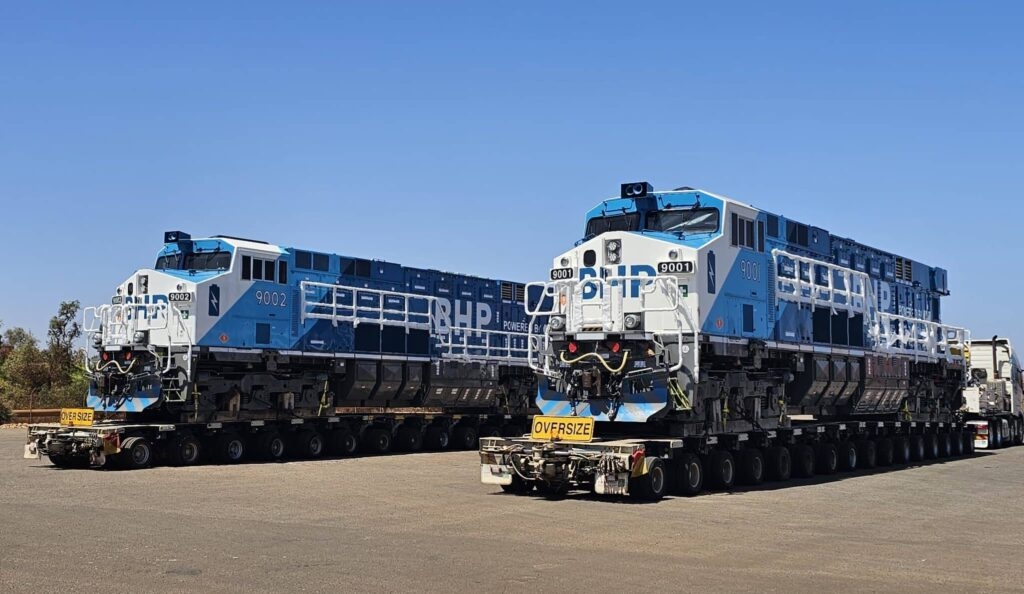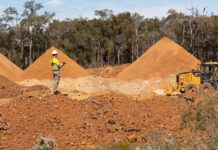BHP launches Australia’s first electric locomotives

The first purpose-built battery-electric locomotives (BELs) in Australia will be trialled on BHP’s (ASX: BHP) iron ore rail routes between its Pilbara mines and Port of Port Hedland operations in WA.
The two BELs, delivered in partnership with Wabtec, are fully battery-powered heavy-haul units built to withstand the region’s extreme heat and demanding conditions and deliver high performance while aiming to reduce operational greenhouse gas emissions.
Each locomotive features a 7MWh battery system and regenerative braking technology, which captures energy during downhill braking and feeds it back into the battery to improve efficiency and reduce waste.
BHP WA iron ore asset president Tim Day says the new models represent years of planning, problem solving and partnership.
“It marks the beginning of an important trial to understand how this technology can help us reduce diesel use, lower associated operational greenhouse gas emissions and improve efficiency across our rail network,” he said.
“The Pilbara has always been a place of big ambition, and these locomotives represent the kind of innovation that is needed to keep the region firing.”
Diesel fuel use accounts for about 70% of emissions from the Pilbara and the railway system is a major contributor, according to the WA Government.
According to CSIRO, fossil fuel use is driving global carbon dioxide emissions, with emissions set to rise by 1.1% in 2025.
Wabtec ANZ and SEA regional senior vice president Peter Thomas says this marks a major milestone for heavy-haul rail innovation in the Pilbara.
“Wabtec is proud to partner with BHP on this important step toward decarbonising rail operations,” he said.
“These FLXDrive locomotives are purpose-built to perform in one of the world’s most demanding environments, combining advanced battery technology and regenerative braking to deliver high efficiency and lower emissions.
“Together, we are demonstrating how cutting-edge solutions can help meet the region’s operational needs while supporting the industry’s sustainability goals.”
The WA Government recently released an updated energy transition plan aimed at decarbonising the Pilbara by expanding access to renewable energy. The Pilbara energy transition (PET) plan will see the private sector develop common user transmission infrastructure to deliver renewable energy to heavy industry across the Pilbara.













